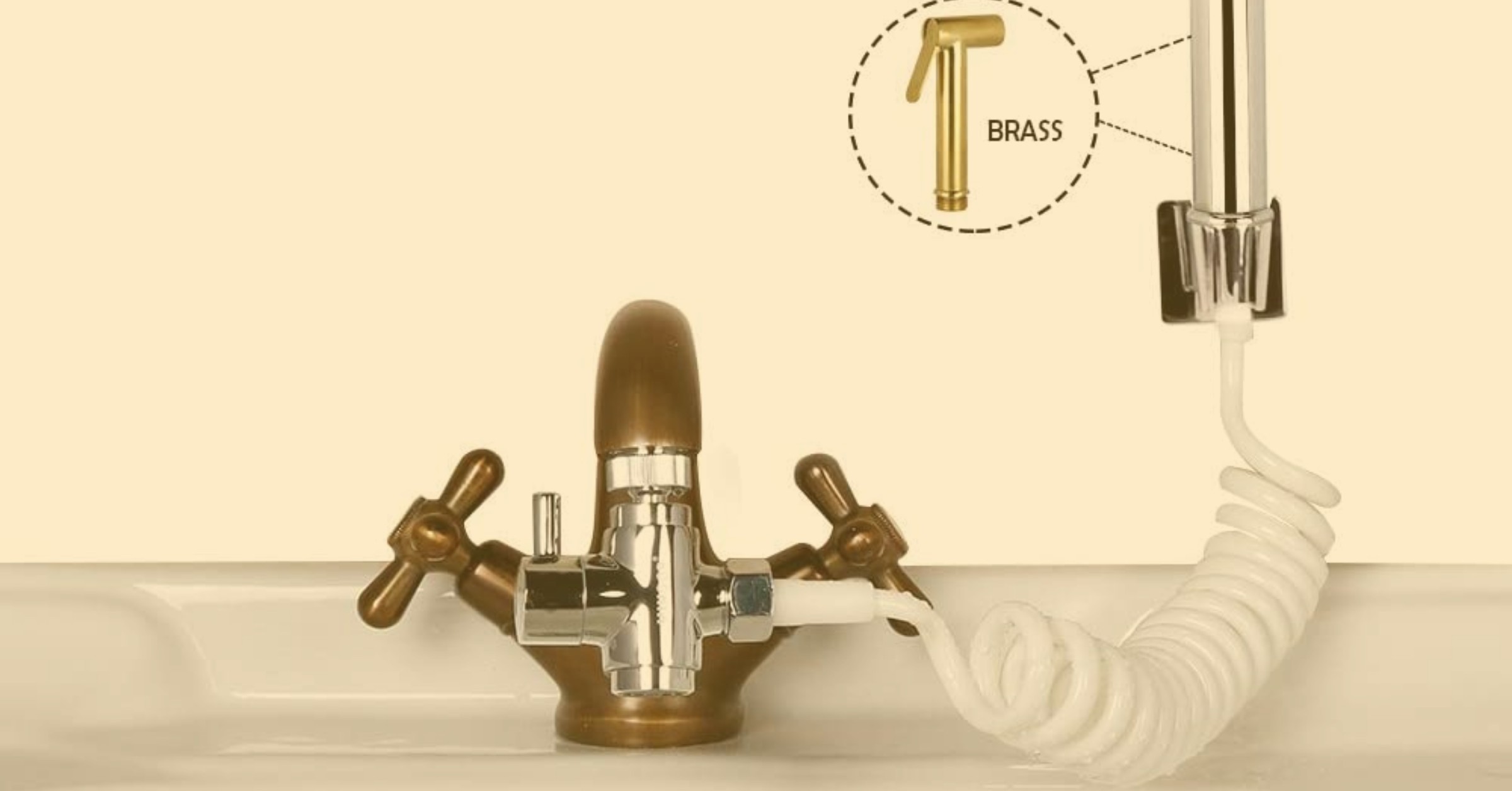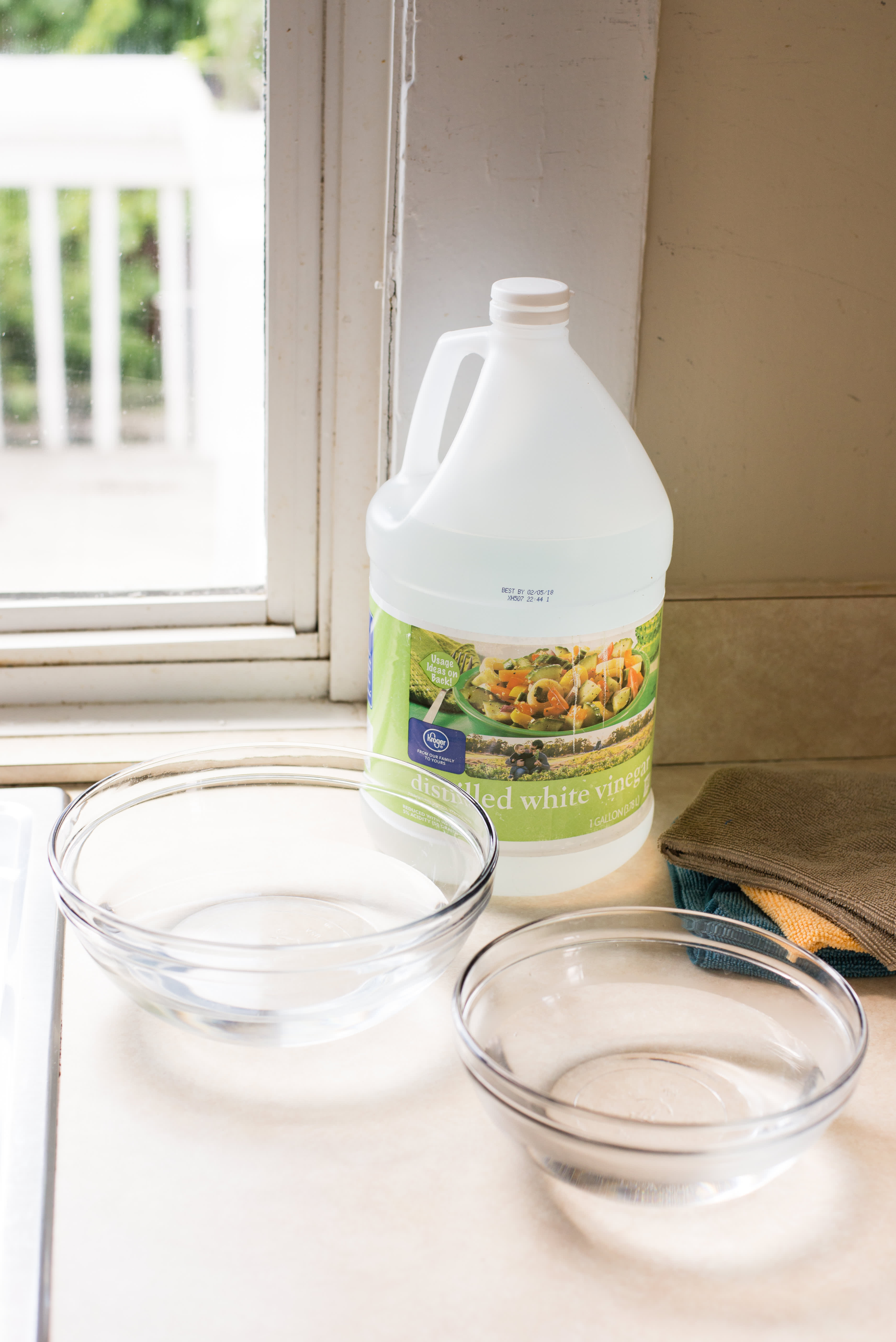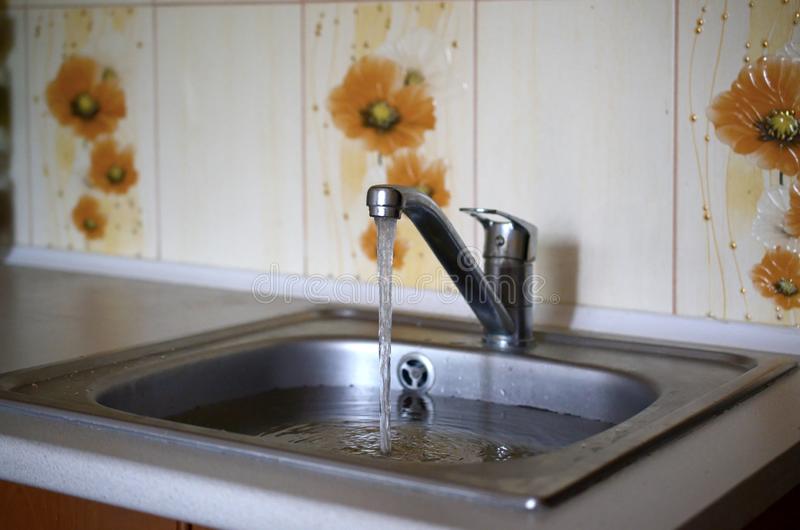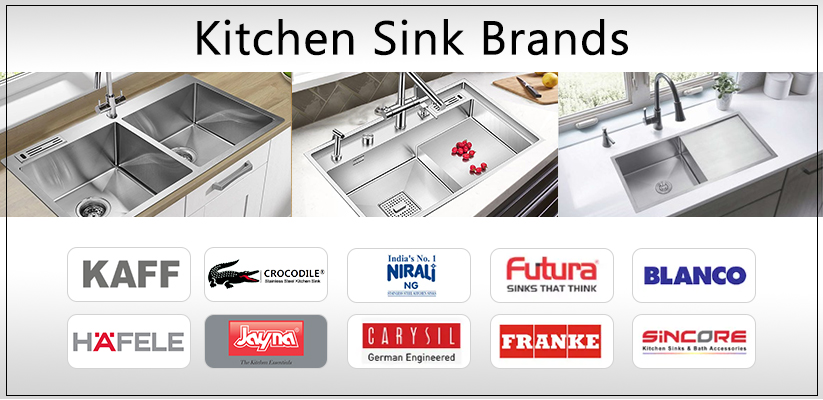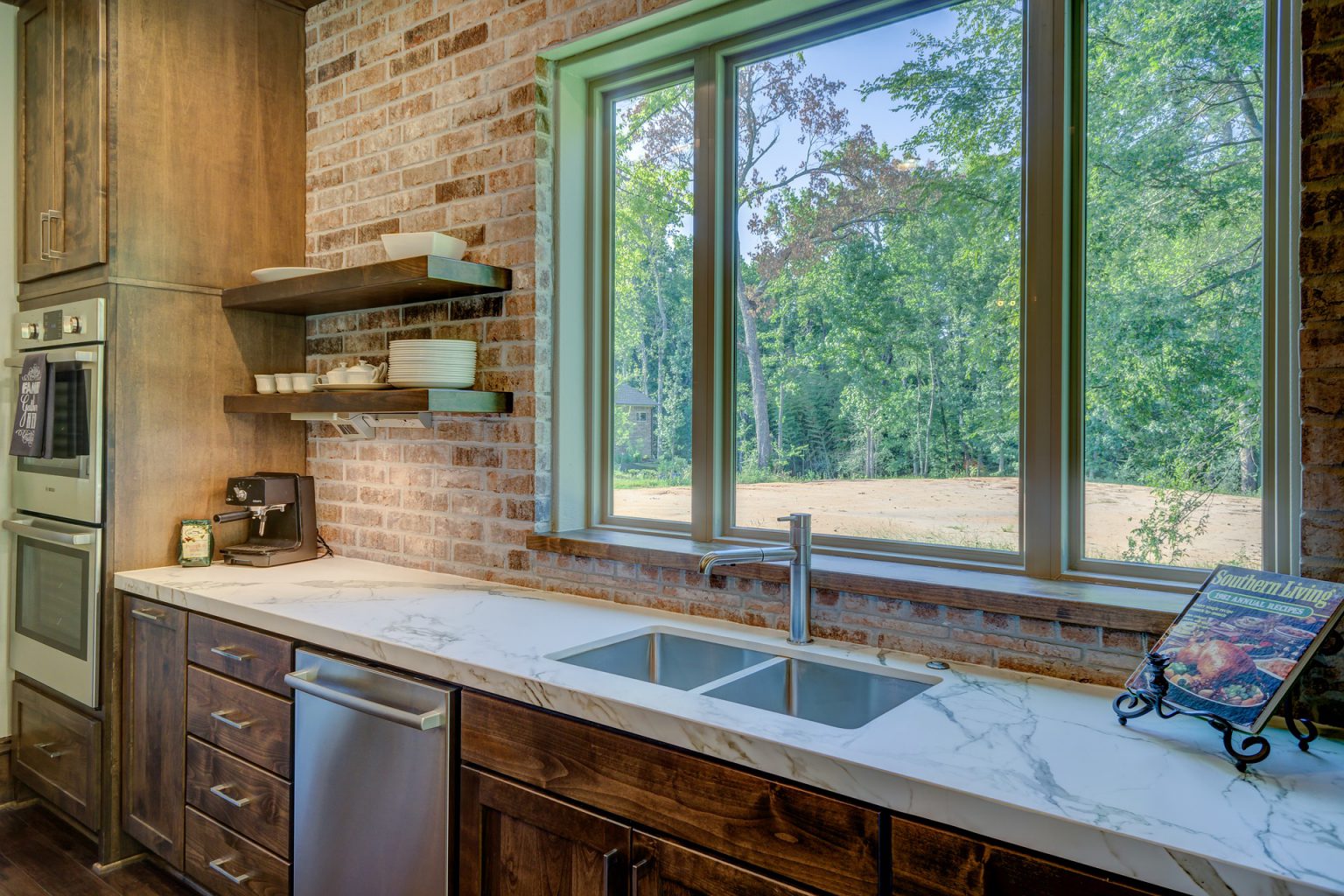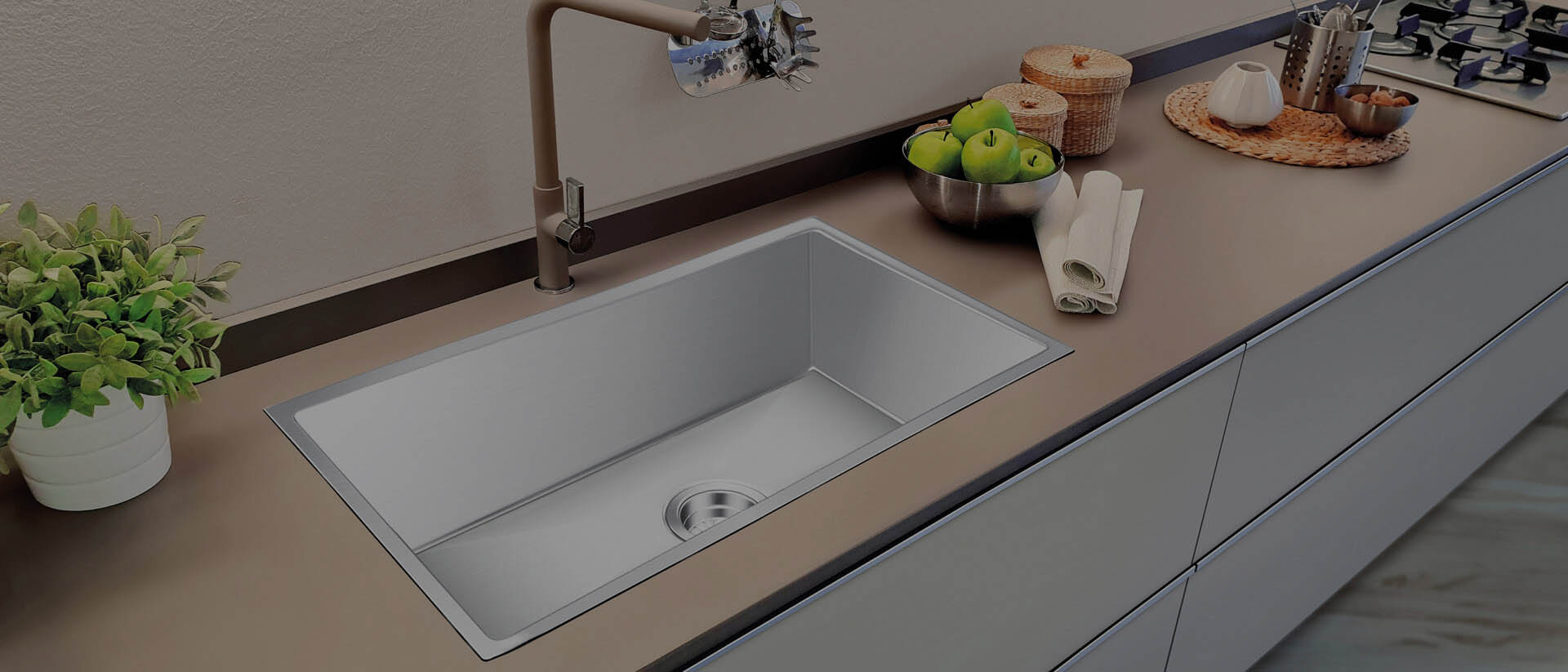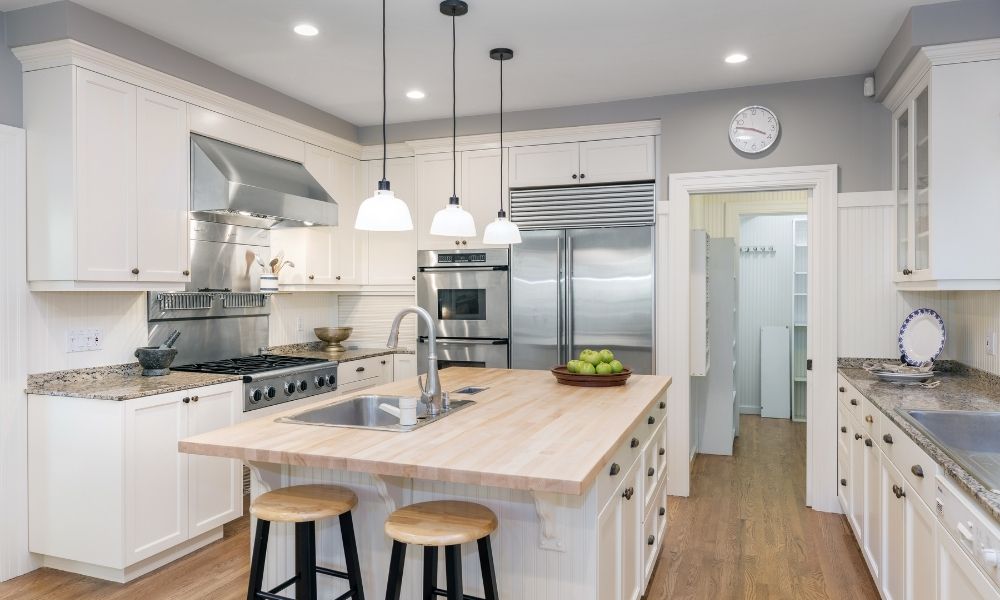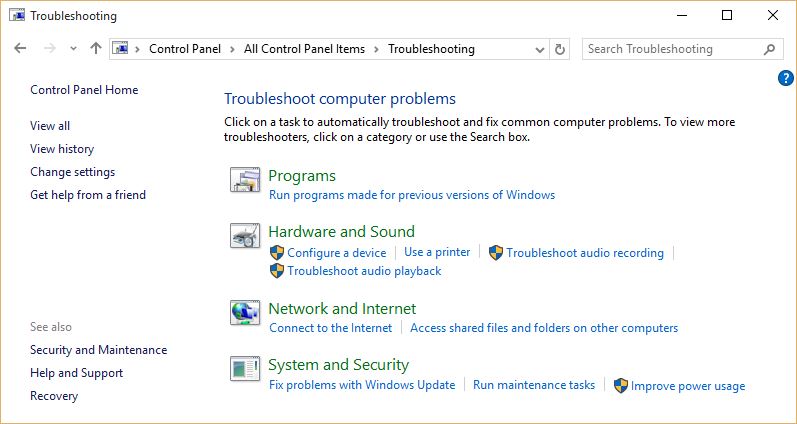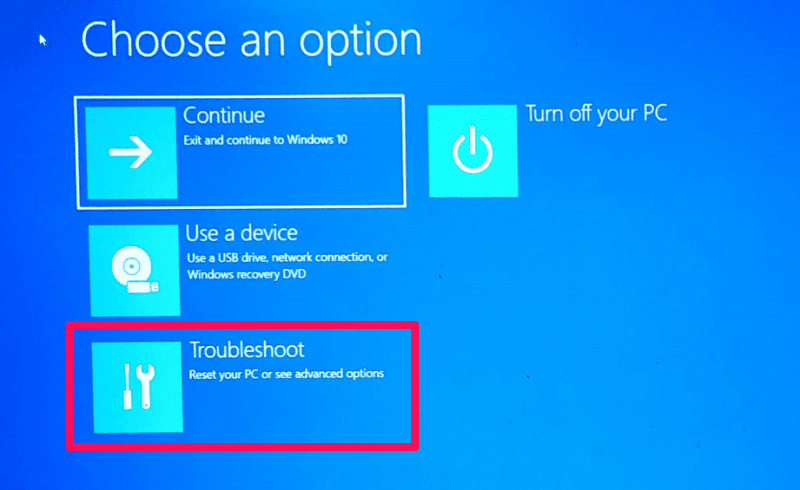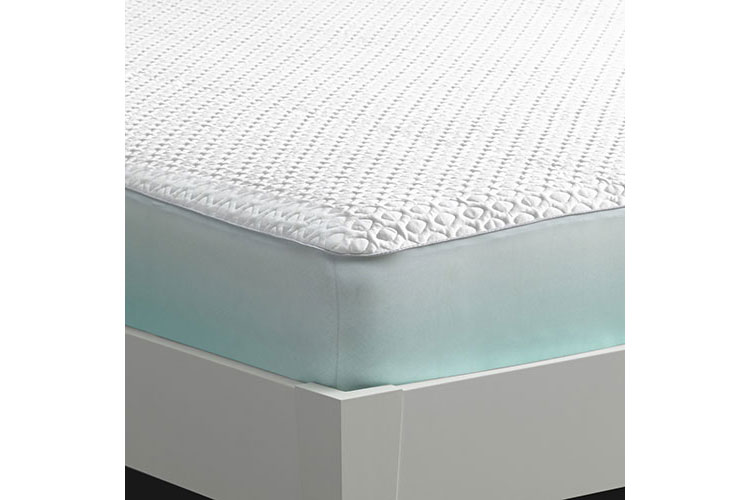1. Types of Kitchen Sink Sprayers
Kitchen sink sprayers come in a variety of types and styles, each with their own unique features and benefits. The most common types include pull-down, pull-out, and side spray sprayers.
Pull-down sprayers offer a taller and more versatile option for filling and cleaning large pots and pans. They have a high arc design and a flexible hose that can be pulled down towards the sink for easier maneuvering.
Pull-out sprayers are similar to pull-down sprayers, but with a shorter hose that can be pulled out towards you. They are ideal for smaller sinks and offer a more compact design.
Side spray sprayers are a separate sprayer that is mounted on the side of the sink. They are typically used for rinsing dishes and can be pulled out and directed towards any area of the sink.
2. How to Choose the Right Kitchen Sink Sprayer
When choosing a kitchen sink sprayer, there are a few factors to consider to ensure you get the right one for your needs.
Sink size and style: The size and style of your sink will determine which type of sprayer will work best. For larger sinks, a pull-down or pull-out sprayer may be more suitable, while a smaller sink may benefit from a side spray.
Water pressure: Some sprayers require a certain water pressure to function properly, so make sure to check the specifications before purchasing. If you have low water pressure, a pull-out sprayer may be a better option.
Material and finish: The material and finish of the sprayer should complement your sink and kitchen decor. Popular options include chrome, stainless steel, and matte black.
3. Differences Between Kitchen Sink Sprayers
While all kitchen sink sprayers serve the same purpose, there are some key differences between them that may impact your decision.
Hose length: The length of the hose can vary between sprayers, with pull-down sprayers typically offering the longest hose for maximum reach.
Spray functions: Some sprayers offer multiple spray functions, such as a powerful spray for tough cleaning and a gentle spray for rinsing delicate dishes.
Installation: Pull-down and pull-out sprayers can be installed directly onto the sink, while side spray sprayers require a separate hole on the sink or countertop.
4. Common Problems with Kitchen Sink Sprayers
Like any appliance, kitchen sink sprayers may experience some common issues over time. These include low water pressure, leaks, and clogs.
Low water pressure: This can be caused by a variety of factors, such as a clogged aerator or a malfunctioning valve. Regular maintenance and cleaning can help prevent this issue.
Leaks: Leaks can occur at the connection points of the sprayer, or the sprayer head itself. This is often due to worn out washers or gaskets, which can easily be replaced.
Clogs: Over time, mineral deposits and debris can build up in the sprayer nozzle, causing it to clog and reduce water flow. Regular cleaning can help prevent this issue.
5. How to Install a Kitchen Sink Sprayer
If you're handy with tools, installing a kitchen sink sprayer is a relatively simple task. Here are the basic steps:
Step 1: Turn off the water supply to the sink.
Step 2: Remove the old sprayer and clean the sink surface.
Step 3: Apply Teflon tape to the threads of the new sprayer hose.
Step 4: Insert the sprayer hose through the hole in the sink and secure it with the included bracket.
Step 5: Connect the other end of the sprayer hose to the water supply valve.
Step 6: Turn the water supply back on and test the sprayer for any leaks.
6. Best Brands for Kitchen Sink Sprayers
When it comes to kitchen sink sprayers, there are many reputable brands to choose from. Some popular options include Delta, Moen, Kohler, and Kraus.
Delta is known for its innovative designs and durable construction, while Moen offers a wide range of styles and finishes to choose from. Kohler is known for its high-quality products and sleek designs, and Kraus offers modern and stylish options for a more affordable price.
7. How to Fix a Leaking Kitchen Sink Sprayer
If you notice that your kitchen sink sprayer is leaking, there are a few steps you can take to fix the issue.
Step 1: Turn off the water supply to the sink.
Step 2: Unscrew the sprayer head from the hose and inspect the washer and gasket for any signs of wear or damage.
Step 3: Replace the washer and gasket if necessary.
Step 4: Reattach the sprayer head and test for any leaks.
If the issue persists, it may be a sign of a larger problem that requires professional assistance.
8. Benefits of Upgrading Your Kitchen Sink Sprayer
Upgrading your kitchen sink sprayer can offer a range of benefits that can improve your overall kitchen experience.
Easier cleaning: A high-pressure sprayer can make cleaning dirty dishes and the sink itself much easier and more efficient.
Improved functionality: Many modern sprayers offer multiple spray functions, making it easier to tackle different cleaning tasks.
Enhanced aesthetic: Upgrading to a newer, sleeker sprayer can instantly elevate the look of your kitchen and give it a more modern feel.
9. How to Clean and Maintain Your Kitchen Sink Sprayer
To keep your kitchen sink sprayer functioning properly, regular cleaning and maintenance is key.
Step 1: Remove any mineral deposits or debris from the sprayer nozzle with a toothbrush or small brush.
Step 2: Soak the nozzle in a mixture of warm water and vinegar to remove any stubborn buildup.
Step 3: Wipe down the hose and sprayer head with a damp cloth to remove any dirt or grime.
Step 4: Inspect the hose and connections for any signs of wear or damage, and replace if necessary.
10. Troubleshooting Common Issues with Kitchen Sink Sprayers
If you encounter any problems with your kitchen sink sprayer, here are some troubleshooting tips to try:
Low water pressure: Check for any clogs in the sprayer nozzle or debris in the water supply valve. Also, make sure the water supply is fully turned on.
Leaks: Check the connections for any loose or worn out washers. If the issue persists, it may be a sign of a larger problem and may require professional assistance.
No water flow: This can be caused by a clogged nozzle or kinked hose. Clean the nozzle and straighten out any kinks in the hose to restore water flow.
In conclusion, while all kitchen sink sprayers serve the same purpose, there are various types, styles, and features to consider when choosing the right one for your kitchen. Regular cleaning and maintenance can help prolong the lifespan of your sprayer, and upgrading to a newer model can offer enhanced functionality and aesthetic appeal. By following these tips and troubleshooting any common issues, you can ensure your kitchen sink sprayer remains in top working condition for years to come.
The Importance of Choosing the Right Kitchen Sink Sprayer

Upgrade Your Kitchen with a High-Quality Sink Sprayer
 When it comes to designing or renovating a kitchen, every detail matters. From the color of the cabinets to the type of flooring, homeowners put a lot of thought into creating their dream kitchen. However, one important aspect that is often overlooked is the kitchen sink sprayer. Many people assume that all sink sprayers are the same and opt for the cheapest option. But the truth is, choosing the right kitchen sink sprayer can make a significant difference in the functionality and aesthetic of your kitchen.
Kitchen sink sprayers
are an essential component of any kitchen. They are used for a variety of tasks, from washing dishes to filling pots with water. With so many options available in the market, it can be overwhelming to choose the right one for your kitchen. But before you make a decision, it's essential to understand the importance of a high-quality sink sprayer.
First and foremost, a good kitchen sink sprayer can save you time and effort. A powerful sprayer can make washing dishes a breeze, cutting down your cleaning time significantly. It can also help you to clean hard-to-reach areas of your sink, making it easier to keep your kitchen clean and hygienic. Additionally, a high-quality sprayer can also save you money in the long run. Cheaper sprayers are more prone to leaks and malfunctions, which can lead to costly repairs or replacements.
More than just a functional aspect, a kitchen sink sprayer can also enhance the overall look of your kitchen. It may seem like a small detail, but a sleek and modern sprayer can make a significant impact on the aesthetic of your sink area. It can also complement the style and design of your kitchen, adding a touch of elegance and sophistication.
When choosing a kitchen sink sprayer, consider the different features and options available. Some sprayers come with multiple spray settings, allowing you to switch between a powerful jet and a gentle stream. Others come with a pull-out or pull-down feature, making it easier to clean large pots and pans. It's also essential to consider the material of the sprayer, as well as its durability and ease of maintenance.
In conclusion, it's clear that not all kitchen sink sprayers are the same. Investing in a high-quality sprayer can make a significant difference in the functionality and appearance of your kitchen. So the next time you're renovating or designing your kitchen, don't overlook this important detail. Choose a
professional and well-designed sink sprayer
that will not only make your daily tasks easier but also elevate the overall look of your kitchen.
When it comes to designing or renovating a kitchen, every detail matters. From the color of the cabinets to the type of flooring, homeowners put a lot of thought into creating their dream kitchen. However, one important aspect that is often overlooked is the kitchen sink sprayer. Many people assume that all sink sprayers are the same and opt for the cheapest option. But the truth is, choosing the right kitchen sink sprayer can make a significant difference in the functionality and aesthetic of your kitchen.
Kitchen sink sprayers
are an essential component of any kitchen. They are used for a variety of tasks, from washing dishes to filling pots with water. With so many options available in the market, it can be overwhelming to choose the right one for your kitchen. But before you make a decision, it's essential to understand the importance of a high-quality sink sprayer.
First and foremost, a good kitchen sink sprayer can save you time and effort. A powerful sprayer can make washing dishes a breeze, cutting down your cleaning time significantly. It can also help you to clean hard-to-reach areas of your sink, making it easier to keep your kitchen clean and hygienic. Additionally, a high-quality sprayer can also save you money in the long run. Cheaper sprayers are more prone to leaks and malfunctions, which can lead to costly repairs or replacements.
More than just a functional aspect, a kitchen sink sprayer can also enhance the overall look of your kitchen. It may seem like a small detail, but a sleek and modern sprayer can make a significant impact on the aesthetic of your sink area. It can also complement the style and design of your kitchen, adding a touch of elegance and sophistication.
When choosing a kitchen sink sprayer, consider the different features and options available. Some sprayers come with multiple spray settings, allowing you to switch between a powerful jet and a gentle stream. Others come with a pull-out or pull-down feature, making it easier to clean large pots and pans. It's also essential to consider the material of the sprayer, as well as its durability and ease of maintenance.
In conclusion, it's clear that not all kitchen sink sprayers are the same. Investing in a high-quality sprayer can make a significant difference in the functionality and appearance of your kitchen. So the next time you're renovating or designing your kitchen, don't overlook this important detail. Choose a
professional and well-designed sink sprayer
that will not only make your daily tasks easier but also elevate the overall look of your kitchen.
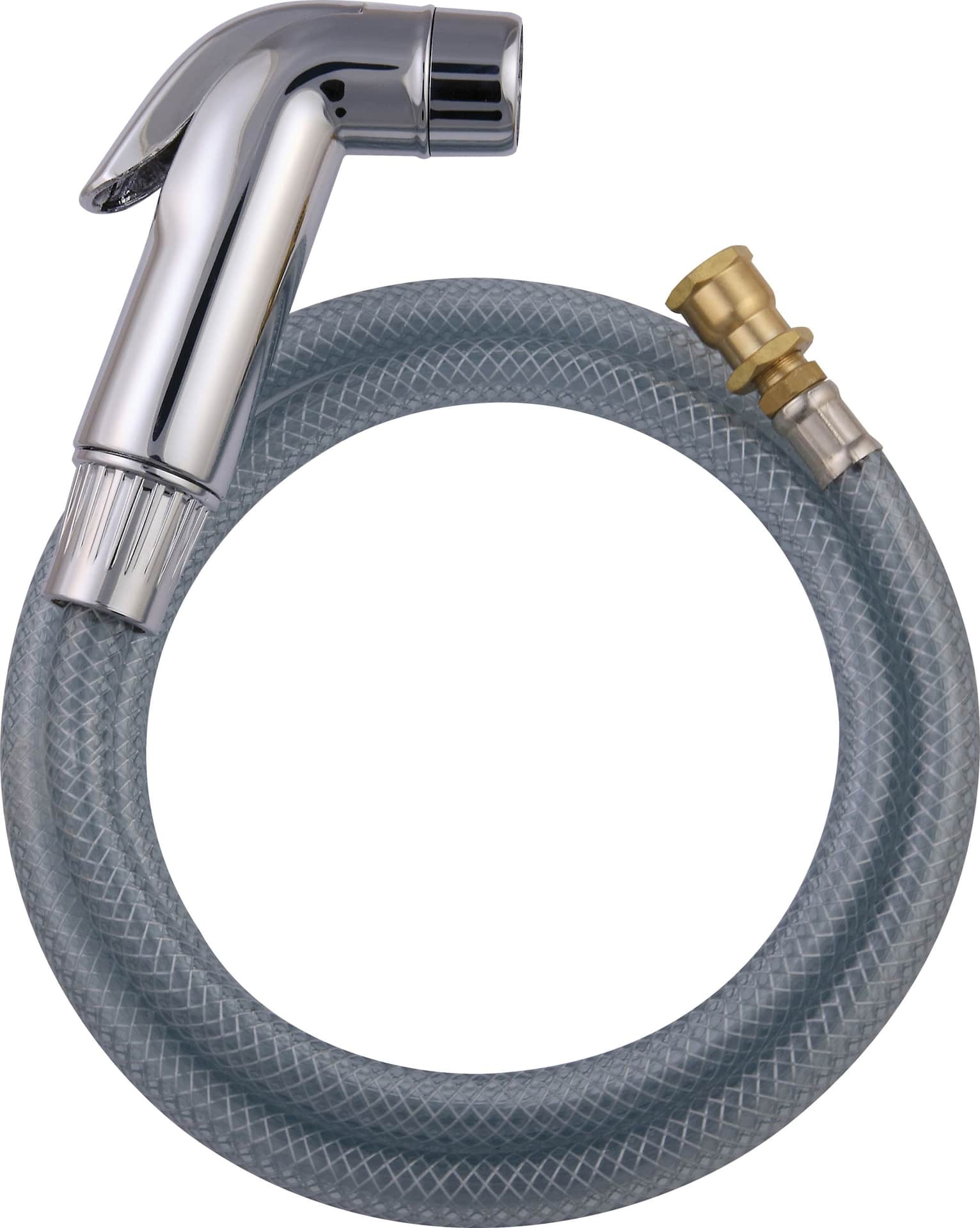


/25089301983_c5145fe85d_o-58418ef15f9b5851e5f392b5.jpg)
:max_bytes(150000):strip_icc()/installing-a-kitchen-sink-sprayer-2718817-hero-2b7047468d594da6be2494ba0eebb480.jpg)




:max_bytes(150000):strip_icc()/Basic-kitchen-sink-types-1821207_color_rev-0b539306b9ef4236a136624ad2a89a4c.jpg)

:max_bytes(150000):strip_icc()/installing-a-kitchen-sink-sprayer-2718817-10-97f444c05010478ab573882b372f1fc3.jpg)

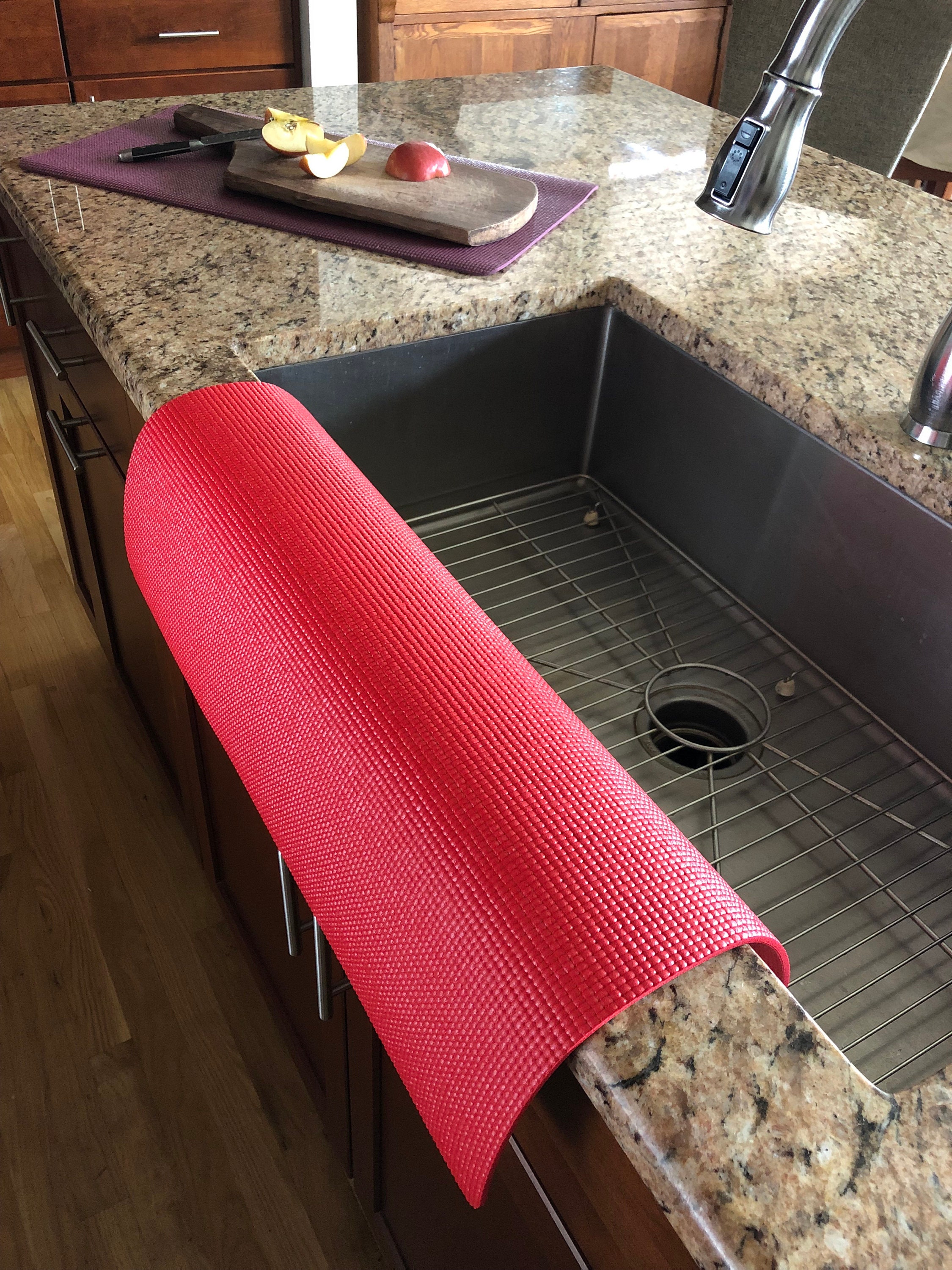



/installing-a-kitchen-sink-sprayer-2718817-hero-2b7047468d594da6be2494ba0eebb480.jpg)
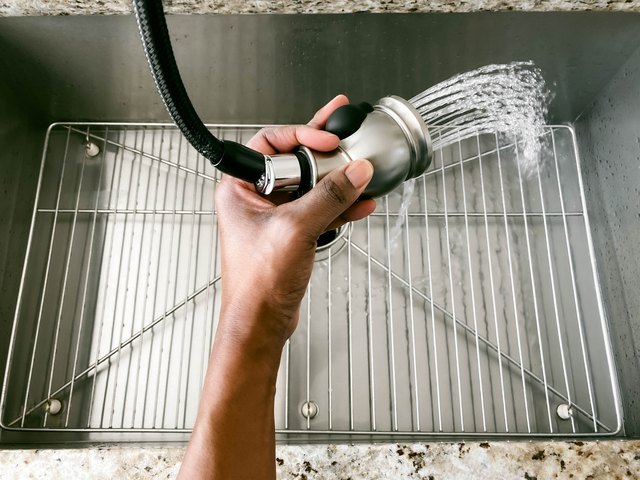




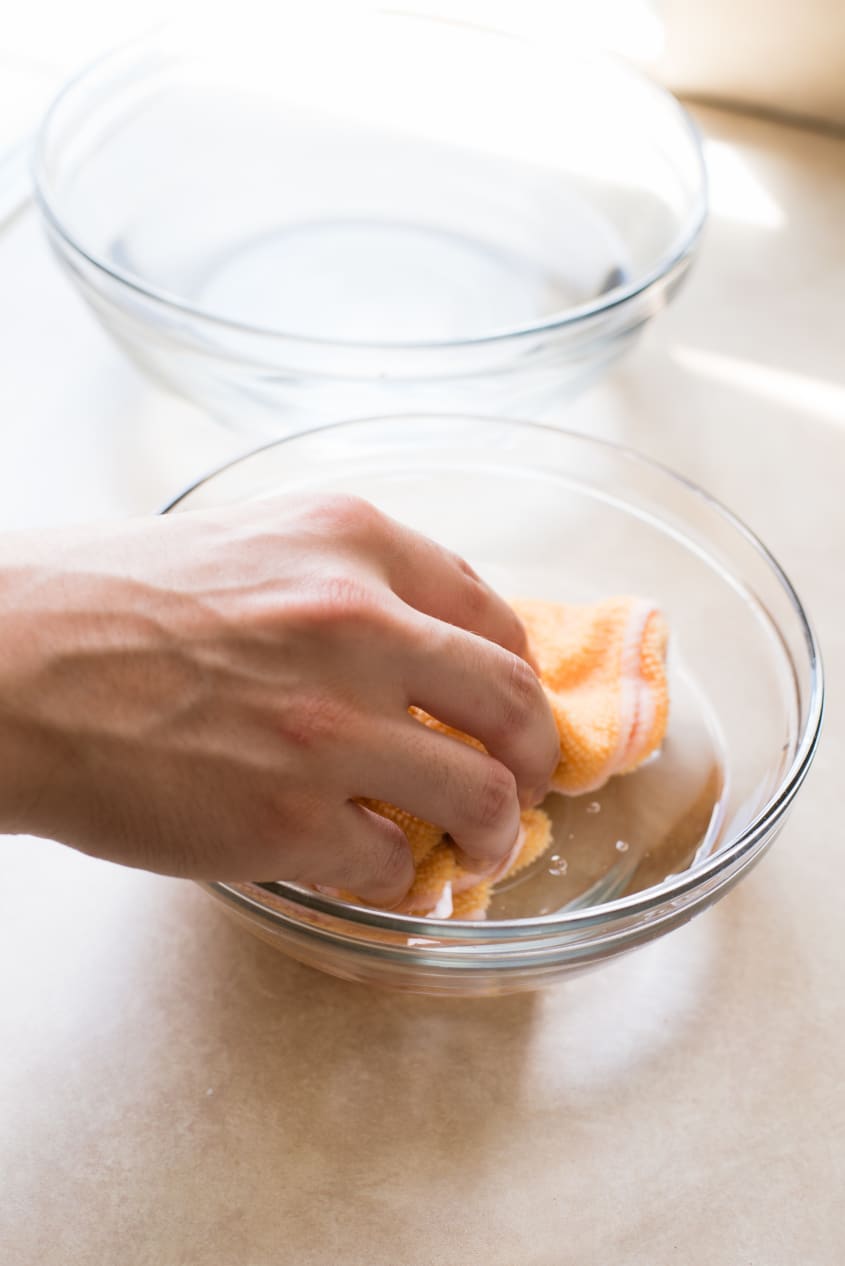
:max_bytes(150000):strip_icc()/dishwasherspacingillu_color8-dbd0b823e01646f3b995a779f669082d.jpg)

